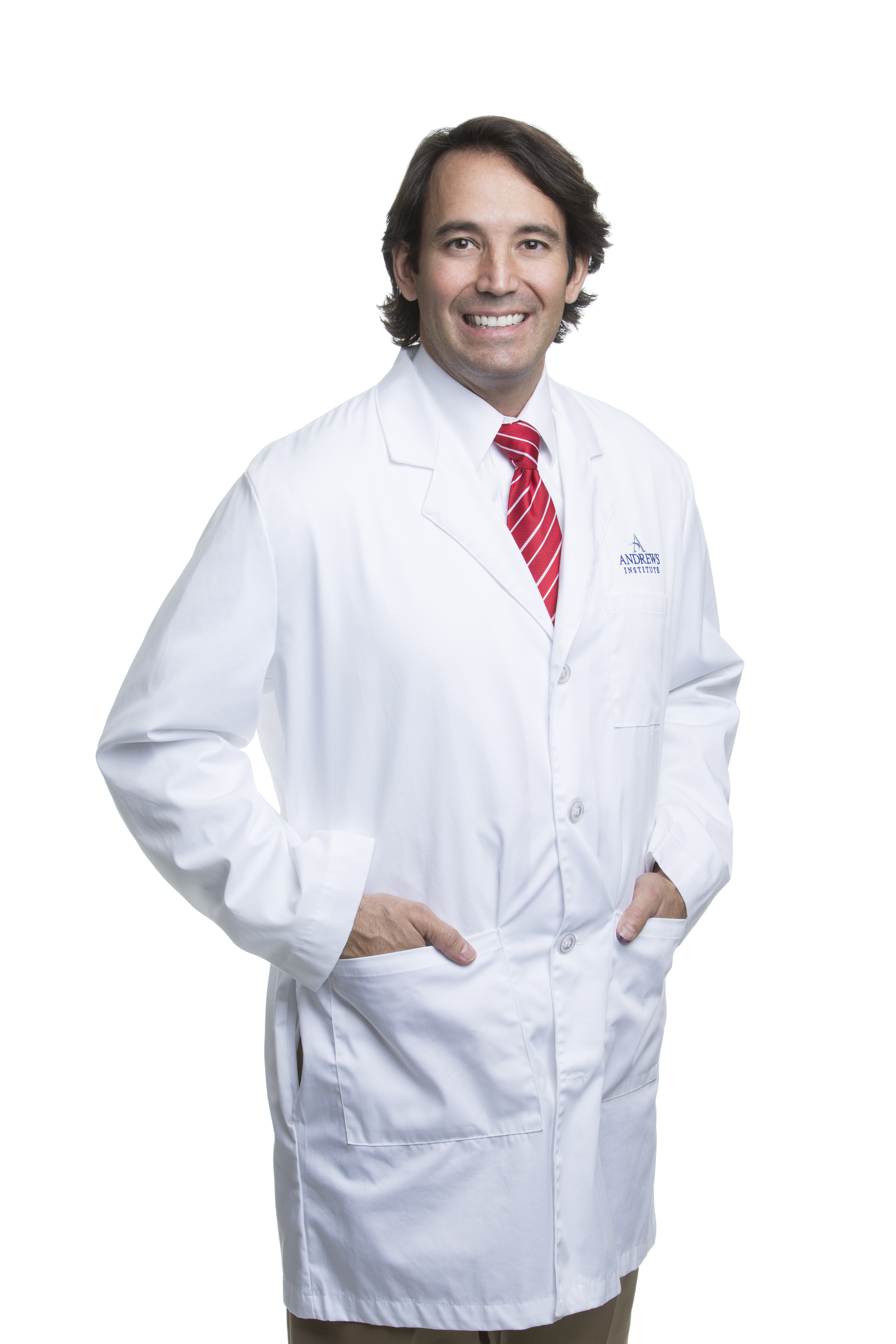At the Andrews Institute in Gulf Breeze, Fla., physicians currently use platelet rich plasma and bone marrow aspirate to augment surgical procedures, to alleviate symptoms of joint degeneration and to treat other orthopedic conditions.
The institute has offered these regenerative medicine procedures since 2011. In 2016, a tissue processing and storage facility was completed on the campus, to participate in FDA-observed clinical trials around developing regenerative medicine technologies. At present, there are two randomized controlled clinical trials involving these technologies underway and two more under preparation.
The facility, combined with a clinical space designated for procedures, is named the Andrews Regenerative Medicine Center. Adam W. Anz, MD, the orthopedic surgeon who leads this center, discusses the role these treatments may play in the future of musculoskeletal care.
Question: How did the Andrews Institute decide to add a regenerative medicine program?
Dr. Adam W. Anz: I think Dr. Andrews has great vision. The institute recruited me to the campus in 2012, and I had a background in regenerative medicine research — I had been involved with some studies involving stem cell technology. When I first visited the campus, Dr. Andrews and I were discussing what we were excited about, and he said that the first great advancement in sports medicine was the arthroscope, and that the second is going to be regenerative medicine.
had a background in regenerative medicine research — I had been involved with some studies involving stem cell technology. When I first visited the campus, Dr. Andrews and I were discussing what we were excited about, and he said that the first great advancement in sports medicine was the arthroscope, and that the second is going to be regenerative medicine.
This comment resonated with me, and it is one that I remember clearly. In addition, Josh Hackel, another partner at the institute, had been utilizing bone marrow around that time, too. When we got thrown into the same pool of clinicians, we started bouncing ideas off one another and getting excited about these technologies. It was really Dr. Andrews' vision combined with us younger guys' excitement. Whether it's from the standpoint of a research study or of utilizing the therapy for our patients, we were excited to pursue the topic.
Q: What benefits can regenerative medicine provide patients, beyond the services of traditional orthopedic care?
AA: Traditional orthopedic care is the carpentry of what we do to help patients, but we're always pushing ourselves as clinicians and practitioners to improve what we do. Over the past 30 years, sports medicine has really focused on the arthroscope — the invention of the arthroscope pushed sports medicine and orthopedics forward a great leap. We're convinced that regenerative medicine is going to be the next big revolution in sports medicine, the next big improvement in the field.
The next 30 years will be about the biology. We want to improve the biology of what we do as orthopedic surgeons, by leveraging our body's own tissue to improve healing. Whether it be cartilage, meniscus or rotator cuff — all of these tissues don't have the best blood supply, don't have the best innate component of stem cells. Our primary question is: how can we improve healing by taking tissue and putting it in the right place at the right time?
Q: What is the most important lesson you learned while putting the program in place?
AA: As clinicians, we're not often trained in human resource management: how to build a team, inspire that team and manage that team's performance. Developing this program has been a lot of hard work, and it has been a huge team effort for our campus. My greatest lesson was about team building, in terms of knowing how to foster a "team mentality" and how to motivate the team and manage its execution.
Q: The FDA recently held a public hearing about stem cells and regenerative medicine, to receive feedback on the guidelines it's developing. What role do you think the FDA should play in shaping the landscape for regenerative medicine research and programs?
AA: I think that regulation is a good thing. A lot of the time you'll hear people lament the actions of the FDA; however, I do think that it is necessary for us to work with regulatory agencies, to ensure what we do is safe, effective and has evidence behind it. The more I learn about regenerative medicine, the less I become angry at the FDA and the more I embrace it. The regulations are there for the right reasons — they're there to help us ensure that what we're doing is safe and effective for our patients.
One thing that I think is very key, moving forward, is a bill that was introduced into the U.S. House of Representatives and the U.S. Senate called the REGROW Act. Right now, when the FDA looks at these technologies, it decides whether they're "low risk" or "high risk;" if they're deemed "high risk," they have to go through the drug pathway that's governed by section 351 of the Public Health Service Act. The pathway is laborious, time consuming and expensive — it takes years and a lot of money. The REGROW Act looks to create an alternative pathway, the 351B pathway, which would help these technologies make it through the FDA process more quickly. That's one piece of legislation that I believe is a step in the right direction.